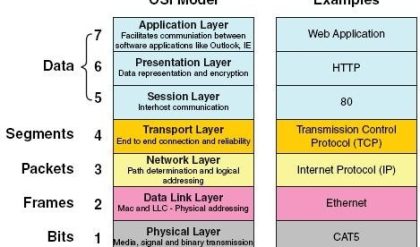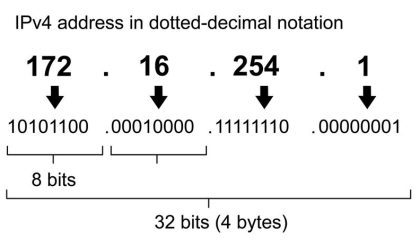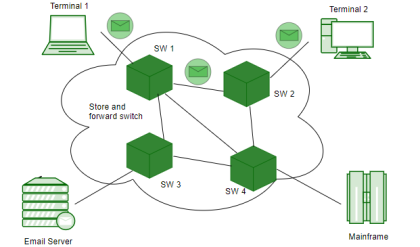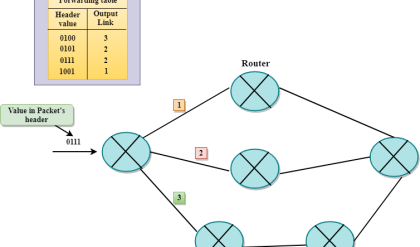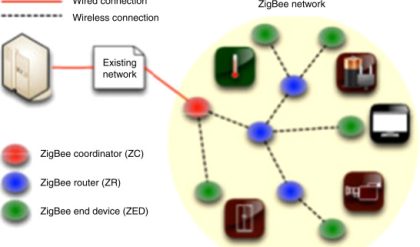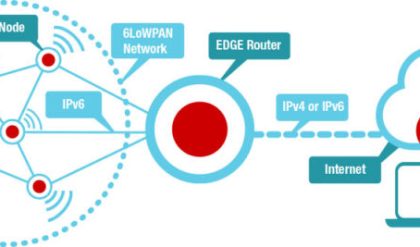Wireless LAN stands for Wireless Local Area Network. It is also called LAWN (Local Area Wireless Network). WLAN is one in which a mobile user can connect to a Local Area Network (LAN) through a wireless connection.
The IEEE 802.11 group of standards defines the technologies for wireless LANs. For path sharing, 802.11 standard uses the Ethernet protocol and CSMA/CA (carrier sense multiple access with collision avoidance). It also uses an encryption method i.e. wired equivalent privacy algorithm.
Wireless LANs provide high speed data communication in small areas such as building or an office. WLANs allow users to move around in a confined area while they are still connected to the network.
In some instance wireless LAN technology is used to save costs and avoid laying cable, while in other cases, it is the only option for providing high-speed internet access to the public. Whatever the reason, wireless solutions are popping up everywhere.
Examples of WLANs that are available today are NCR’s waveLAN and Motorola’s ALTAIR.
Advantages of WLANs
- Flexibility: Within radio coverage, nodes can communicate without further restriction. Radio waves can penetrate walls, senders and receivers can be placed anywhere (also non-visible, e.g., within devices, in walls etc.).
- Planning: Only wireless ad-hoc networks allow for communication without previous planning, any wired network needs wiring plans.
- Design: Wireless networks allow for the design of independent, small devices which can for example be put into a pocket. Cables not only restrict users but also designers of small notepads, PDAs, etc.
- Robustness: Wireless networks can handle disasters, e.g., earthquakes, flood etc. whereas, networks requiring a wired infrastructure will usually break down completely in disasters.
- Cost: The cost of installing and maintaining a wireless LAN is on average lower than the cost of installing and maintaining a traditional wired LAN, for two reasons. First, after providing wireless access to the wireless network via an access point for the first user, adding additional users to a network will not increase the cost. And second, wireless LAN eliminates the direct costs of cabling and the labor associated with installing and repairing it.
- Ease of Use: Wireless LAN is easy to use and the users need very little new information to take advantage of WLANs.
Disadvantages of WLANs
- Quality of Services: Quality of wireless LAN is typically lower than wired networks. The main reason for this is the lower bandwidth due to limitations is radio transmission, higher error rates due to interference and higher delay/delay variation due to extensive error correction and detection mechanisms.
- Proprietary Solutions: Due to slow standardization procedures, many companies have come up with proprietary solutions offering standardization functionality plus many enhanced features. Most components today adhere to the basic standards IEEE 802.11a or 802.11b.
- Restrictions: Several govt. and non-govt. institutions world-wide regulate the operation and restrict frequencies to minimize interference.
- Global operation: Wireless LAN products are sold in all countries so, national and international frequency regulations have to be considered.
- Low Power: Devices communicating via a wireless LAN are typically power consuming, also wireless devices running on battery power. Whereas the LAN design should take this into account and implement special power saving modes and power management functions.
- License free operation: LAN operators don’t want to apply for a special license to be able to use the product. The equipment must operate in a license free band, such as the 2.4 GHz ISM band.
- Robust transmission technology: If wireless LAN uses radio transmission, many other electrical devices can interfere with them (such as vacuum cleaner, train engines, hair dryers, etc.).Wireless LAN transceivers cannot be adjusted for perfect transmission is a standard office or production environment.
